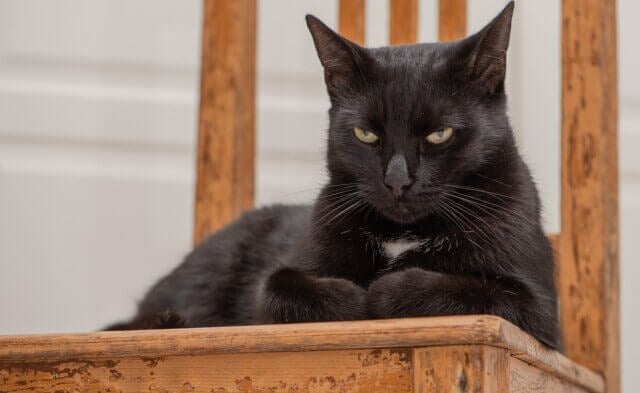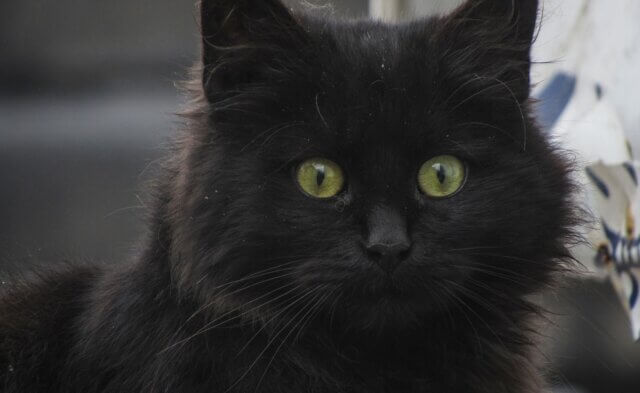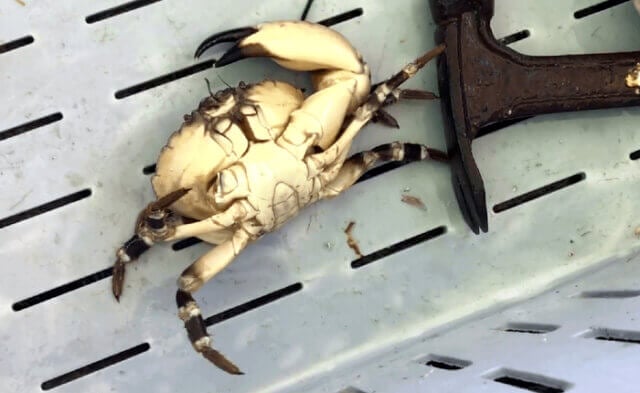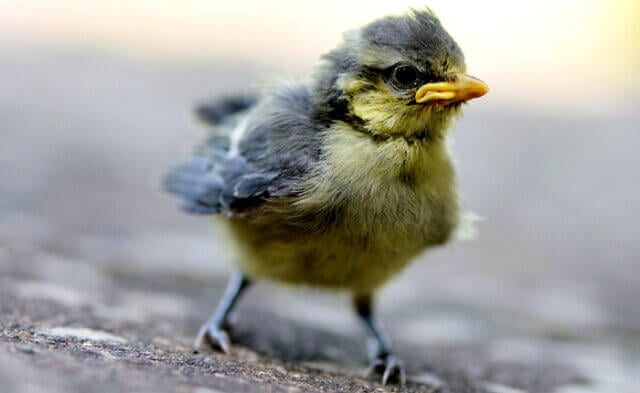When my mom was a little girl, she had a favorite black cat named Midnight. He was one of more than a dozen former strays who had wandered into her family’s life, attracted to the abundance of cat food that was always set out on the front porch. Occasionally, one of the cats would mysteriously disappear, and my mom and her sister would comfort themselves with the unlikely notion that the animal had simply “run away.”
When Midnight went missing one Halloween, my mom knew in her bones that something terrible had happened to him. She searched for him for days, but it was no use—he was already dead. She finally found his body under the front porch. He had been tortured—probably by neighborhood kids—and had dragged himself home to die. My mom learned a valuable lesson that day, and when she grew up, the handsome brown tabby our family adopted was kept indoors at all times.

Nowadays, most guardians know to keep their cats—especially black ones—inside on Halloween. Some animal shelters refuse to allow the adoption of black cats in the days preceding the holiday, for fear that cruel people will acquire them with the intention of doing them harm.
But the danger doesn’t pass once the last Twizzlers have been handed out to the last “Elsa” or “Spider-Man.”
Cats allowed to roam outdoors unattended are in danger every day of the year. The threats range from speeding cars and spilled antifreeze to stray dogs and cruel people who don’t like cats digging in their gardens or sitting on their cars. Not long ago, a Florida man was charged with cruelty after allegedly putting a cat in a cage, dousing him or her with flammable liquid, setting the animal on fire, and ultimately throwing the cat to his pit bulls. Residents reportedly said that the man “did not like the stray cats [who] lived on the property.”

Even today, there are cruel people who think that killing cats is “fun.” They brag and laugh about it. They use the cats for target practice, shooting at free-roaming ones as if they were clay pigeons rather than living, feeling beings. Within the span of one month, over a dozen cats were reportedly shot in Florida, Iowa, Kentucky, Massachusetts, Michigan, Montana, Nebraska, Ohio, South Carolina, and Texas, paralyzing one cat and killing others. A Pennsylvania man admitted to shooting a cat because “he had issues with cats urinating on his back porch.”
Shootings are bad enough, but some reports of cruelty to cats are even more macabre. A cat in Oklahoma was stabbed to death by a man in a witch’s robe. Authorities responding to a report of an animal sacrifice reportedly found the cat dead in the man’s driveway “in the middle of a pentagram that appeared to be made of salt.” The man told them that “after the cat bit him, he heard his god … tell him to kill [the animal].”
The average lifespan of a cat allowed to roam outdoors is just two to five years, a fraction of the 12- to 15-year average life expectancy of an indoor cat. Today’s world is far too dangerous for such vulnerable little beings. Don’t learn a tragic lesson at your cat’s expense: Keep yours indoors, where it’s safe—on Halloween and every other day of the year.





